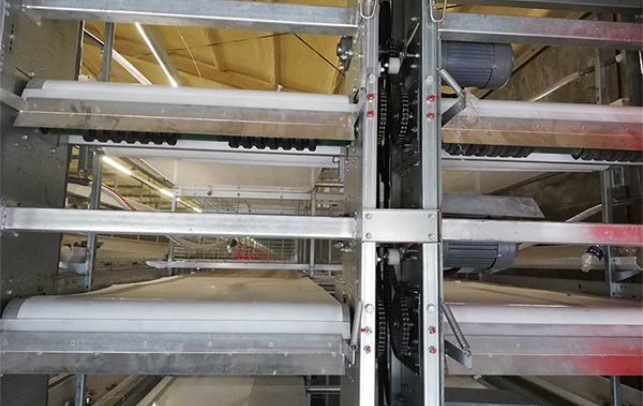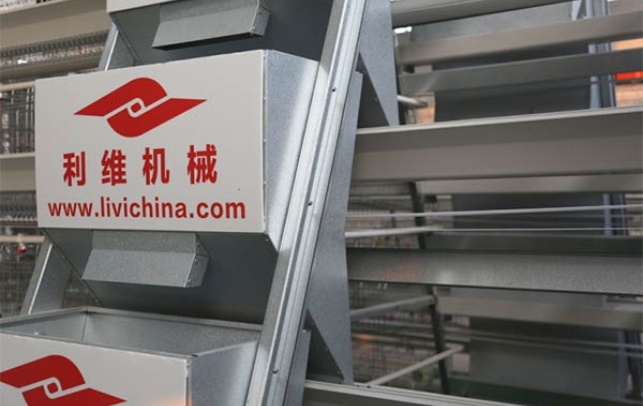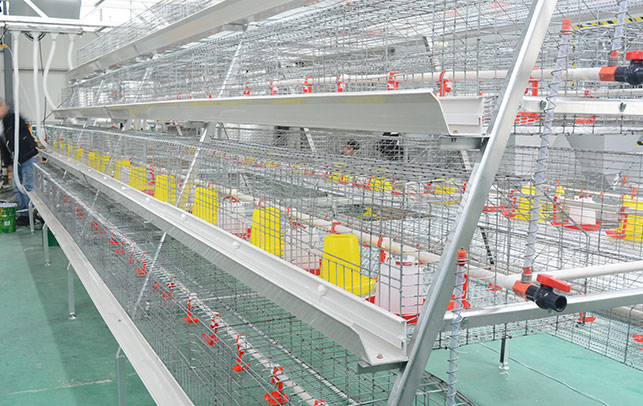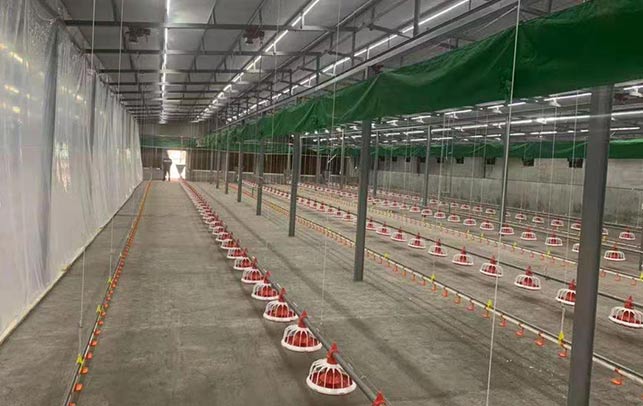Poultry Farm Site Selection and Planning Guide
Time : 2025-03-31
Choosing the right location for your poultry farm is a crucial step in ensuring its success. A well-planned site can help you maximize efficiency, minimize costs, and ensure the health and welfare of your birds. In this guide, we’ll cover the key factors to consider when selecting and planning your poultry farm site.
1. Location, Location, Location
First and foremost, location is everything. When choosing a site for your poultry farm, consider the following factors:
– Proximity to Markets: Being close to markets can reduce transportation costs and ensure your poultry is fresh when it reaches customers.
– Climate: Some poultry species are more suited to certain climates than others. For example, chickens tend to thrive in moderate temperatures, while turkeys do better in cooler conditions.
– Availability of Feed: A reliable source of quality feed is essential. Look for a site that is near to suppliers or where you can grow your own feed.
– Zoning Laws: Ensure that your chosen site complies with local zoning laws and regulations.
2. Site Characteristics
Once you’ve identified potential locations, consider the following site characteristics:
– Size: Your poultry farm’s size will depend on the number of birds you plan to raise. Ensure you have enough space for the number of birds, plus room for expansion.
– Topography: Look for a flat or gently rolling site to avoid excessive grading and soil erosion.
– Drainage: Good drainage is essential to prevent waterlogging, which can lead to disease and poor bird health.
– Accessibility: Ensure your site is easily accessible for delivery of feed, equipment, and for the transportation of birds to markets.
3. Infrastructure
The infrastructure of your poultry farm site is crucial for its operation:
– Water Supply: A reliable and clean water supply is essential for drinking, washing, and cooling purposes.
– Electricity: Ensure your site has access to a reliable power supply for lighting, ventilation, and other equipment.
– Ventilation: Proper ventilation is crucial for maintaining a healthy environment for your birds.
– Waste Management: Plan for the proper disposal of manure and other waste products to minimize environmental impact.
4. Layout and Design
The layout and design of your poultry farm should be efficient and practical:
– Bird Houses: Group your bird houses based on species, age, and size. Keep them close to each other to reduce heat loss but far enough apart to prevent disease transmission.
– Manure Handling: Plan for the collection and disposal of manure. Consider the use of conveyor systems or other automated systems to streamline the process.
– Security: Implement security measures to protect your birds and equipment from theft and predators.
– Maintenance: Ensure your farm has a designated area for maintenance and repairs.
5. Environmental Considerations
Be mindful of the environmental impact of your poultry farm:
– Energy Efficiency: Implement energy-efficient systems to reduce costs and environmental impact.
– Sustainability: Use sustainable practices, such as composting manure, to reduce waste and improve soil health.
– Water Conservation: Implement water-saving measures to reduce water usage.
6. Legal and Regulatory Compliance
Ensure your poultry farm complies with all local, state, and federal regulations:
– Permits: Obtain the necessary permits before beginning construction or operation.
– Inspections: Regularly inspect your farm to ensure compliance with regulations and to identify any potential issues.
7. Conclusion
Selecting and planning the site for your poultry farm requires careful consideration of various factors. By following this guide, you can ensure a successful and sustainable operation. Remember to:
– Choose a suitable location
– Consider site characteristics
– Plan for infrastructure
– Design an efficient layout
– Prioritize environmental considerations
– Stay compliant with legal and regulatory requirements
By taking these steps, you’ll be well on your way to building a thriving poultry farm.











